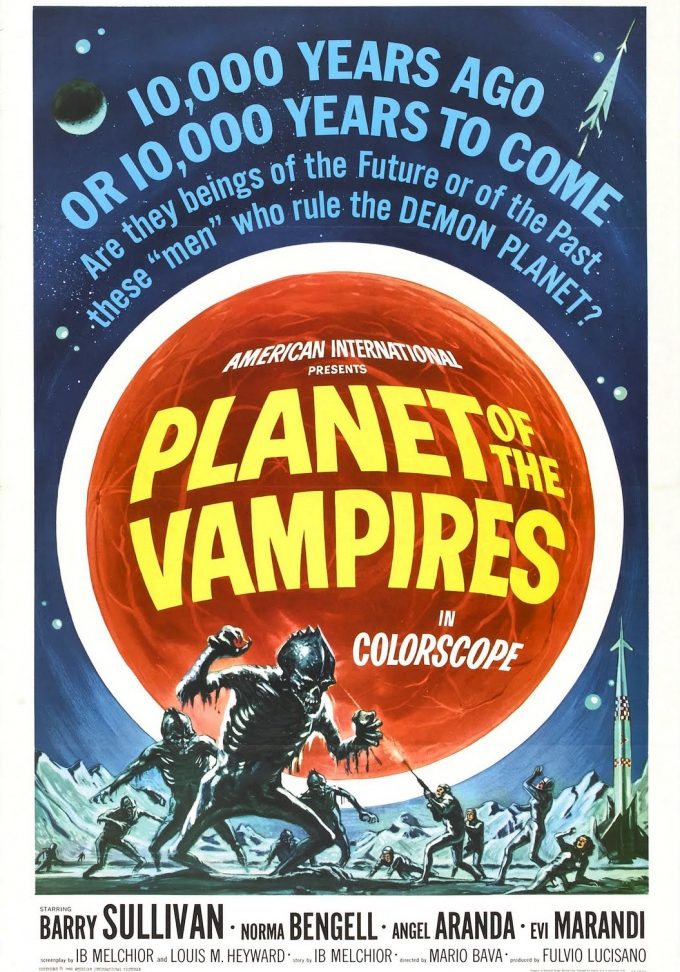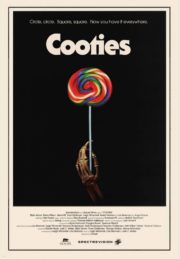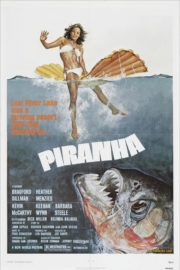An Eerie Whispers from Another World: “Planet of the Vampires” Unveiled
“Do you believe in ghosts?” This subtly haunting line from the 1965 sci-fi horror “Planet of the Vampires,” directed by the Italian maestro Mario Bava, perfectly encapsulates the otherworldly dread that permeates this cinematic treasure. Operating on a modest budget, Bava painted a nightmare of cosmic proportions, marrying the realms of science fiction and horror in a way few films had done before. The movie escorts its audience on a journey alongside the crew of two spaceships, the Galliott and the Argos, as they respond to distress signals emanating from the titular planet, Aura. What greets them is a landscape drenched in mystery, where unseen forces vie for control of their very beings.
Fog-laden Fears: Crafting the Dreadful Ambiance
- Atmosphere and Tone: The atmosphere in “Planet of the Vampires” is suffused with an omnipresent dread, a haze of fear that seems almost tangible. Bava expertly crafts this aura through a combination of otherworldly landscapes, mist-shrouded settings, and claustrophobic interiors. The absence of any life form is juxtaposed against the crew’s escalating paranoia, and the threat feels both external and internal, a duality that propels the film’s suspense.
- Cinematography and Visuals: With a palette dominated by eerie greens and chilling blues, the film employs its visuals to immerse viewers in an alien environment. Lighting plays a crucial role, as shadows are carved into spaces, often swallowing characters whole. The camera angles are deliberate, sometimes skewing perspectives to evoke a sense of disorientation. Although the special effects may seem dated by modern standards, they retain a certain charm and contribute to the film’s enduring appeal.
- Soundtrack and Sound Effects: The chilling score by Gino Marinuzzi Jr. complements the eerie silence of the void with electronic sounds and symphonic swells. Sound effects, especially the hollow winds and otherworldly echoes, serve to heighten the sense of isolation. Moments of silence are used strategically, punctuating the tension and drawing out the horror.
Glimpses of Horror: Beyond the Screams
- Performances: The cast of “Planet of the Vampires,” while not given deeply intricate characters to portray, manage to capture the essence of humans in the grip of terror. Their struggle to maintain control in the face of the unknown enhances the film’s overarching theme of corporeal possession and identity loss.
- Horror Mechanics: As a harbinger of the sci-fi horror subgenre, the film explores the supernatural through a futuristic lens. The essence of the threat is psychological rather than gory, with body horror hinted at more than displayed. This anticipation of horror, rather than an explicit revelation, challenges the norms of its time and teases the imagination.
Reflections in the Abyss: The Deeper Darkness
- Thematic Undertones: The isolation experienced by the crew becomes a mirror for societal fears of the unknown and the other. The film treats the concept of invasion on both a personal and extraterrestrial level and addresses themes of trust, humanity, and the existential dread of losing oneself to an unfathomable entity. This underlying commentary elevates the film to a thought-provoking experience.
- Effectiveness: “Planet of the Vampires” stands the test of time not only for its atmospheric contribution to the horror genre but also for igniting the imagination with its innovative use of limited resources. Its influence can be seen in later works, notably Ridley Scott’s “Alien” series, which echoes some of its visual and thematic motifs.
- Audience Appeal: With its blend of horror and science fiction, the movie will resonate with fans who appreciate atmospheric tension over explicit violence. It is a must-watch for aficionados of classic horror and those interested in the historical evolution of genre cinema.
Interstellar Terror: The Legacy of “Planet of the Vampires”
“Planet of the Vampires” is an underrated jewel in the realm of horror, triumphing in its ability to conjure terror from the unseen and to play upon the dread of the other. Viewers with a taste for vintage aesthetics and psychological chills will find themselves captivated by Bava’s artistry. While contemporary audiences might find the effects antiquated, they can still admire the film’s ambitious scope and atmospheric depth. It is a seminal work that not only provides an enjoyable scare but also invokes a deeper reflection on the psychological facets of horror.
Casual viewers might appreciate it as a snapshot of 1960s genre cinema, and horror historians will undoubtedly revel in its significance. However, those with a predilection for modern, high-octane horror may find it lacks the visceral punch they’re accustomed to. In essence, “Planet of the Vampires” is an essential viewing for those interested in the genesis of space horror; it is a testament to the power of atmosphere and a reminder of the genre’s ability to unnerve through the unseen.
Warning: While the film is relatively tame by today’s standards, the themes of possession and body horror might be unsettling for some viewers.
In conclusion, though overshadowed by more celebrated films, “Planet of the Vampires” is a masterpiece of atmosphere and suggested terror, deserving of its cult status and recognition as a precursor to modern science fiction horror. Mario Bava’s innovative vision ensures that the film remains an essential benchmark for both its creativity and atmospheric prowess, marking it as a classic that lingers long after the credits roll.




